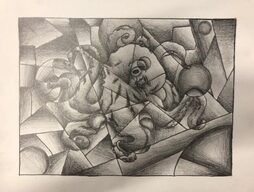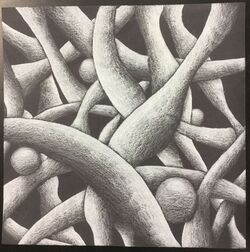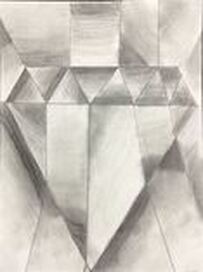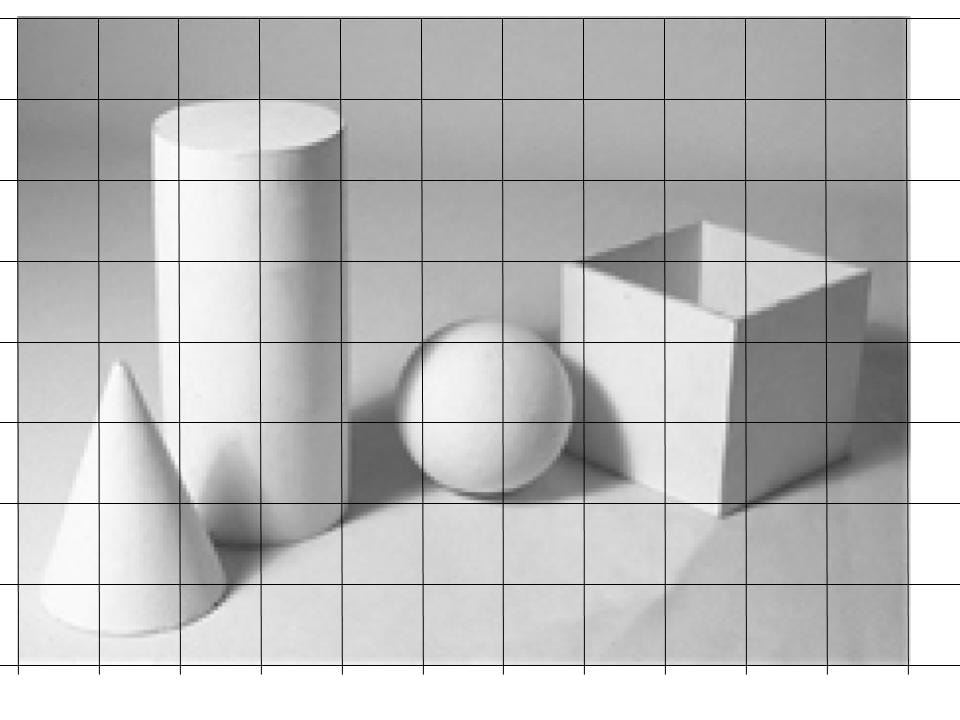Shading Unit
Part 1: What is Shading?
Instructions: take notes and try the drawing the tricks from the two videos. After watching the videos you should be able to answer the questions listed below too ;-)
|
1. Supplies!
|
2. Shading *** practice the stuff she shows you!
|
Project Requrments
- Keep Composition Stuff in-mind
- Have a Focal Point
- Work "On-the-Page"
- Divide up your paper into shapes in a way that achieves balance between being too busy or too simple. Try for somewhere in between.
- Use only Graphite and erasers
- Experiment with fading values from one into another in different ways. Need true black, true whites, and lots of grays in between.
- Show careful control of pressure and mark making- basically slow down and take your time!
- NO SMUDGING! on this project- ANY USE OF THE SMUDGING SKILL WILL = 1/2 Credit. Why so harsh? The goal is to practice blending using pressure, smudging gets rid of that evidence by spearing your marks together! Plus smudging is really difficult to make it look clean and purposeful if you don't have control of your pressure.
Never Shatter Shaded? Watch these
|
|
|
Done Shattered Shading? Watch these
|
|
|
Evaluation Rubric
B = GoodValues: has good Contrast good range of values overall; has true black, ture white, needs more range of grays in between..
Marks: mostly smooth, carefully made, changing the direction of how they are making marks would help improve blending Fading: transition between values need to be a little smooth and gradual. Craftsmanship Good- just some minor spears, smudges but easy to fix. and not too distracting |
C = Progressing, (needs improvement)Values: needs more Contrast good range of values overall; mostly just grays, not enough range..
Marks: can tell, they used smudging to try and blend but can still see instead of changing pressure. Fading: transition between values need to be a little smooth and gradual. Craftsmanship: a little too messy, needs more practice staying inside the shapes. Working with a paper under drawing had would have helped keep it from smearing as much. Still fixable though. |
Bonus Creative Challenge: If you want to add a little something extra to your project look at the Prezi below- Keep in mind you will only have 2 class periods to complete this project.
Part 3: Value Studies
Directions: complete the following tasks. At the end you'll submit pictures of your work on a canvas assignment
Day 1: Shading A Simple Form (12/1)
This exercise is all about practicing observing how light interacts with objects.
Spend 45 minutes drawing a still life observing: Direct light, Reflected light, Form Shadows and Cast Shadows.
How do you do that? Watch the video below and try and do the activity she shows you. If you don't want to use an egg, you can use any simple form you can find like a ball, candle, a can of soup, etc. Also recommend breaking up the time into chunks work for 15 minutes at a time. Drawings can all be on one paper or on different ones it's up to you.
Spend 45 minutes drawing a still life observing: Direct light, Reflected light, Form Shadows and Cast Shadows.
How do you do that? Watch the video below and try and do the activity she shows you. If you don't want to use an egg, you can use any simple form you can find like a ball, candle, a can of soup, etc. Also recommend breaking up the time into chunks work for 15 minutes at a time. Drawings can all be on one paper or on different ones it's up to you.
Day 2
This exercise is all about observing how light interacts with multiple shapes
This one is broken down into a few parts.
This one is broken down into a few parts.
Part 1: Drawing Accurate Grids
|
Instructions:
|
Your browser does not support viewing this document. Click here to download the document.
|






